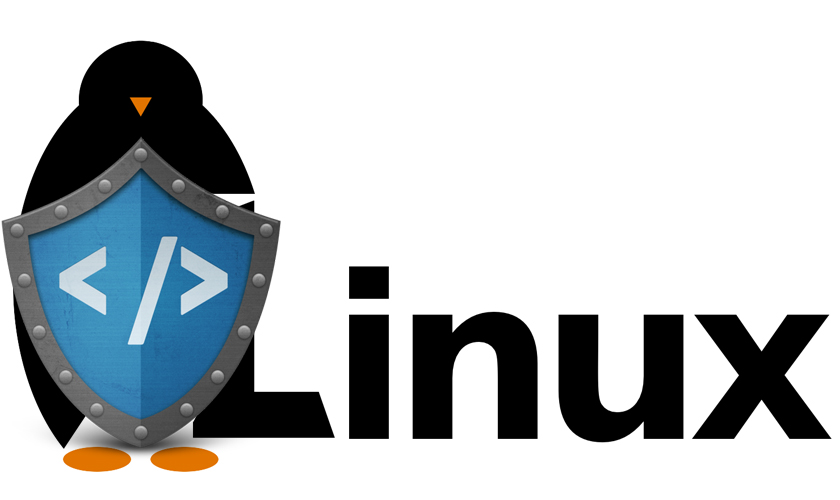It’s easy to have a false sense of security, thinking that other operating systems might be more targeted than Linux, but there are plenty of risks and vulnerabilities for all types of Linux devices. Keep your guard up regardless of your OS.
-Ensure you use a password to protect your user account.
-Don’t use an admin account for daily activity.
-Encrypt your data.
-Activate your screensaver when idle with screen lock.
-Review your installed applications.
-Keep your system updated.
-Periodically check for rootkits.
-Lock down remote connection settings.
-Turn off listening services you don’t need.
-Make sure you have a firewall running.
-Restrict privileged access with SELinux or AppArmor.
If you want to read more about the topic, visit this page .







0 Comments